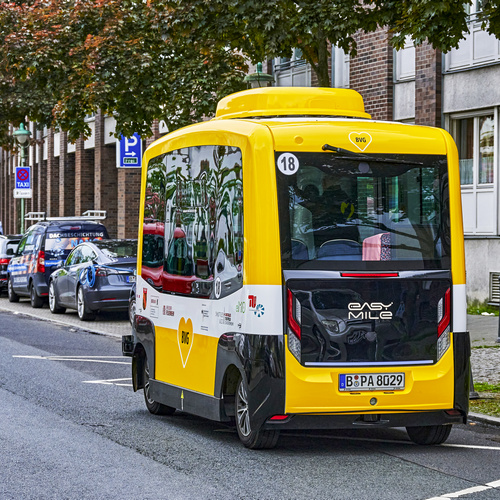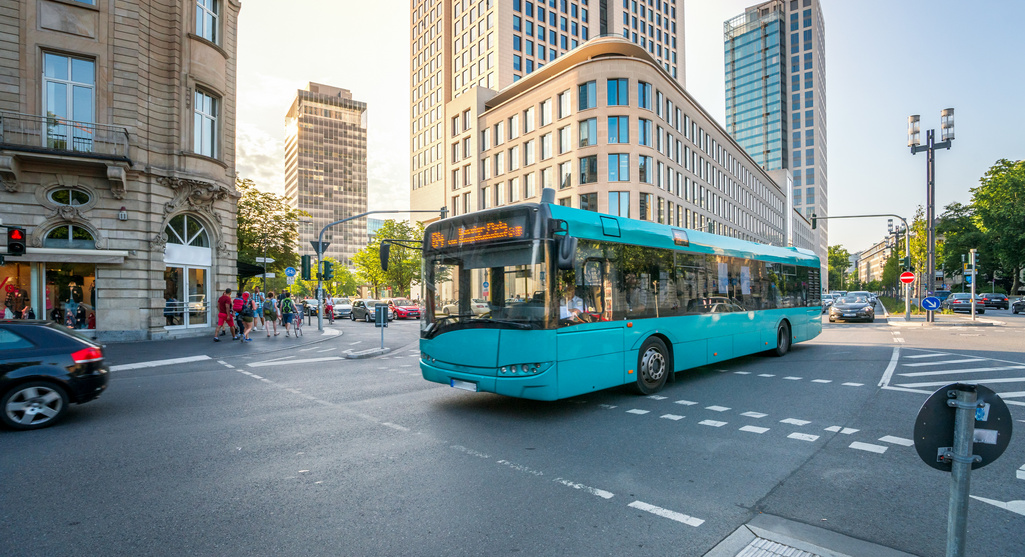We have all heard by now that public transportation has many talents: It provides mobility and accessibility, helps tackle climate change, makes cities more liveable, increases efficiency, and prevents congestion. A real transportation hero.
But that’s not all. Apart from these well-known advantages, public transit brings many more – often overlooked – benefits for society and economy. Here are five benefits you may not have had on your radar.
1. Public transportation is creating more money than it costs
Maintaining the infrastructure, paying drivers, cleaners, mechanics, service staff and planners, buying new vehicles, building stations – public transportation is expensive, right? But what if I told you that public transit is actually a money maker?
Public transport entails economic benefits that are around five times higher than the money invested in it. In Europe, for example, the annual public investment in local public transport accounts for €40 billion. The public transport companies use this money and contribute between €130-150 billion per year to the economy. This equals around 1% of GDP.
How is that possible? The answer: Investments in public transport are also investments in the (local) economy. The public transport providers often contract local companies for construction, supply, manufacturing, or IT services. Good public transport connections also ensure that companies become more attractive to employees. Plus, it benefits local tourism. On top of that, residential property becomes more valuable near high-frequency transit services. All this results in greater tax revenues for cities.
2. Public transportation does not only benefit, it drives innovation
Yes, you read that right. Long before electric cars entered the mobility market, trams powered by electricity ruled the streets. Autonomous driving? Here, too, public transport companies were pioneers and have for example been running autonomous metros in Europe for decades.
The sector has continuously adapted to the lives of its users. At the moment, many public transport companies are making the transition to Mobility as a Service (MaaS) providers, combining different modes with new technology, digitization and apps. The idea is to no longer provide a static service with fixed timetables, stations, and vehicles, but to give potential users the opportunity to be mobile when, where and how they want. Mobility hubs play an important role in these strategies.

3. Mass transit creates jobs
The public transport sector is one of the largest employers, with 2 million employees in the EU alone. Most of these jobs are fairly secure, as they cannot be easily relocated abroad. And the sector not only provides job opportunities for highly skilled persons, but also for less qualified workers.
When a city’s budget allows for either the construction of a new road or new tracks, the decision should be quite easy, since investment in public transport creates 25% more jobs than the same level of investment in roads or highways would produce. This is definitely a major and economically important benefit of public transportation.
4. Public transportation is the safest way to travel
Safe, safer, public transport. From all modes of transport, bus, tram and train are the safest to use. In Europe, 20,600 people died in road crashes in 2022. Car occupants accounted for 45% of all road deaths while pedestrians represented 18%, users of powered two-wheelers 19% and cyclists 9% of total fatalities. Buses and coaches, however, only accounted for 0,5% of the road deaths. Railways are even safer than buses and are thus considered the safest means of transport in Europe. A major benefit of public transportation, which is very important for achieving Vision Zero.
5. A major public transportation benefit: reducing stress
There are several triggers for stress – and public transport tackles several of them.
Many people rush from one thing to the next: driving to work, picking up children, running errands, doing groceries… Replacing one or more of these trips with a bus or train ride gives them time to read a book, reply to that text message from a friend that has been sitting there unread far too long, listen to their favorite podcast, chat with a fellow commuter or simply relax.
Furthermore, using public transport is often combined with walking or cycling, since only few people live or work right next to a station. Studies show that people who use public transit get around three times the amount of physical activity per day of those who travel by car. That improves not only physical but also mental health. Buses, trams, and trains also give people of all ages access to leisure and sports facilities and recreational activities. What a benefit public transportation has for our health.

A huge trigger for stress is financial problems. Buying, maintaining, filling up, and parking a car is expensive and time-consuming. The good news is that using public transport costs only 1/16 of what you have to spend on your own car. And it is the providers who take care of inspections, repairs, insurance, and fuel.
Public transportation: A jack of all trades
Public transportation can help cities and regions to not only tackle climate change, congestion, and air pollution. It is also a very effective tool to boost the economy, improve road safety and public health, and drive innovation in the mobility sector. These economic and environmental benefits of public transport count much.
Do you know of other surprising benefits of public transportation? Tell us about them in the comments!
